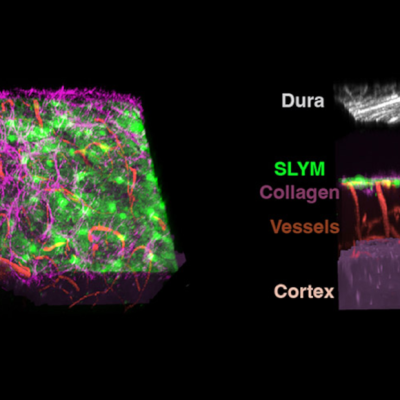Mobile phone radiation has been found to impair the visual memory of teenagers who use their phones excessively. The study, conducted by scientists at the Swiss Tropical and Public Health Institute, found that those who held their phones in their right hand were particularly affected, as the relevant brain regions were exposed to above-average levels of radiation. The research involved monitoring the phone usage of around 700 teenagers aged between 12 and 17, using a special app and personal interviews. The study found that the radiation exposure was greatest when the phone was held to the ear. Those who used their phones for an average of 25 minutes per day were found to have a medium radiation dose of 1,214 millijoules per kilogram of body weight per day.
The study found that the radiation exposure was greatest when the phone was held to the ear. Those who used their phones for an average of 25 minutes per day were found to have a medium radiation dose of 1,214 millijoules per kilogram of body weight per day. The researchers also found that the visual memory of those who held their phones in their right hand was particularly affected, as the relevant brain regions were exposed to above-average levels of radiation. However, the verbal memory of most participants was not affected by the radiation exposure. Surprisingly, those who used their phones less frequently and instead spent more time playing games, surfing the internet or sending messages did not experience any negative effects on their memory.
The study’s authors recommend that people reduce their exposure to mobile phone radiation by using headsets or speakers when making calls. However, they also note that further research is needed to confirm the findings and to determine how high-frequency mobile phone fields interact with the brain. The study’s co-author, Martin Röösli, suggests that the results indicate that “electromagnetic radiation absorbed by the brain is responsible for the observed associations”. Milena Foerster, another author of the study, stresses the need for further research with different populations to exclude the influence of other factors and to confirm the results.










